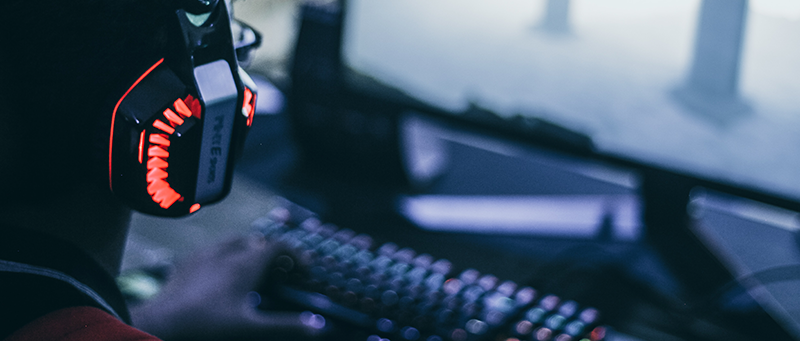Video game translation catches a lot of developers and publishers out, as they often underestimate how much work is involved. One of the most common mistakes game producers make is waiting until their titles are almost finished before they start thinking about translation.
By this point, you have already built a game that is not prepared for the technical aspects of translation, which adds a lot of extra work to your project – making it both more time-consuming and more expensive. Here are five things you should know before you translate a video game to avoid these costly mistakes.
#1: You need gaming experts, not just translators
To translate a video game effectively, you need more than linguistic experts – you need gaming experts, too. What that means is that you want a team of translators with proven experience in translating video games for your target audiences.
Video game translation comes with a number of unique challenges that language experts will not necessarily experience on other types of projects – and we will cover some of these in the remaining points of this article.
At the same time, your game is going to bring unique challenges to the table, too, and proven expertise will help you provide the best experience for your gamers in every language.
#2: The more context you provide, the better
One of the unique challenges gaming translation throws up is the diverse use of in-game language and character dialogue involved. With so many gaming genres, the contextual meaning of language can vary greatly and your translators need a solid understanding of your game in order to deliver accurate translation.
At the very least, you should provide a spreadsheet with the complete text of your game, including contextual descriptions in a column next to each piece of game text. Better yet, you could provide complete scripts, images and gameplay samples for your translators to familiarise themselves with.
#3: Translation affects your game code
One of the biggest issues with leaving translation until the end of development is that your code might not be optimised for multiple languages. Multilingual games require a specific file structure to home each language version and the correct use of variables in the core game code to call the relevant language files in, once selected.
With the right structure in place, users can select and change the game language easily and you also retain the ability to add, remove or edit language files without changing any of the core game code.
#4: Translation affects your game design
Translation also affects the visual design of your game and the structural integrity of user interfaces. Translated text expands or contracts, which can break UI elements and layouts, so it is important to design with translation and text expansion in mind. Obviously, this is challenging if you have already committed to a design that doesn’t work for certain translations, forcing you to make some difficult decisions and compromises.
#5: It pays to think ahead with localisation
To prevent early design and development choices causing translation issues later on, it pays to think ahead with localisation and consider the implications every choice has on translation.
In the previous section, we talked about text expansion potentially breaking UI layouts and this is a perfect example of how you can avoid issues by defining your target audiences and designing interfaces to minimise the impact of text expansion.
The same thing applies to the early development stages where the code of your game is created. It only makes sense to structure your code files in a way that facilitates translation from the very beginning.
These are the kind of potential issues game translation experts can help you avoid, which is precisely why you need to work with a localisation company with proven expertise.
If you want to find out more about making game translation more cost-effective, get in touch with our language experts.

